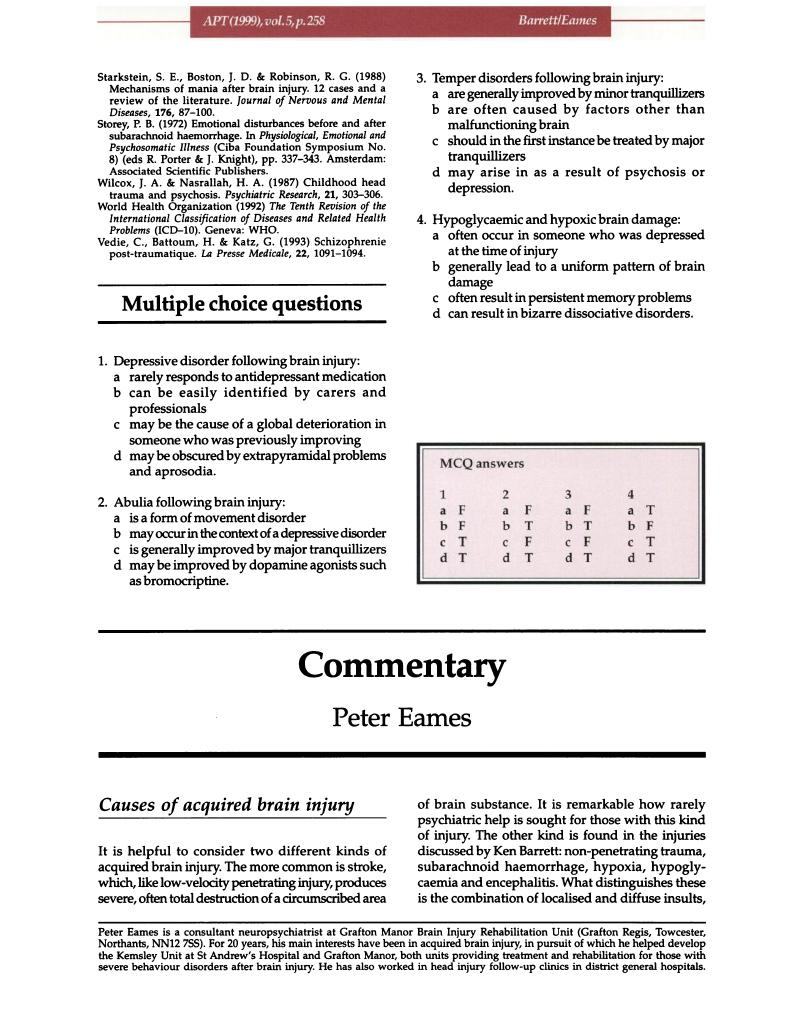Crossref Citations
This article has been cited by the following publications. This list is generated based on data provided by Crossref.
Halcomb Lewis, Darryll M.
2016.
The Creation of a Hostile Work Environment by a Workplace Supervisor's Single Use of the Epithet “Nigger”.
American Business Law Journal,
Vol. 53,
Issue. 2,
p.
383.




eLetters
No eLetters have been published for this article.